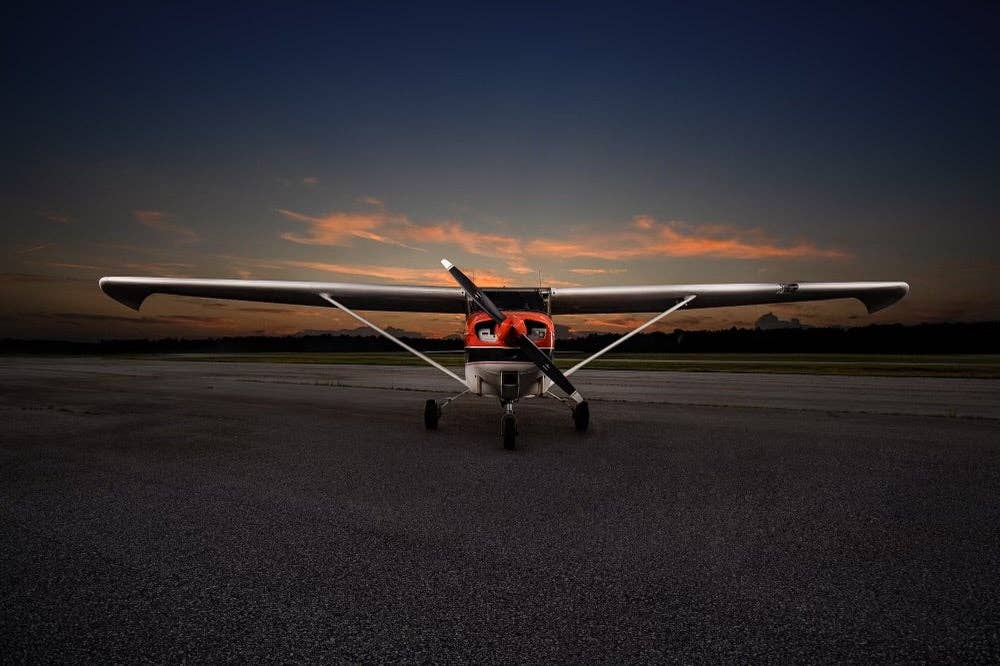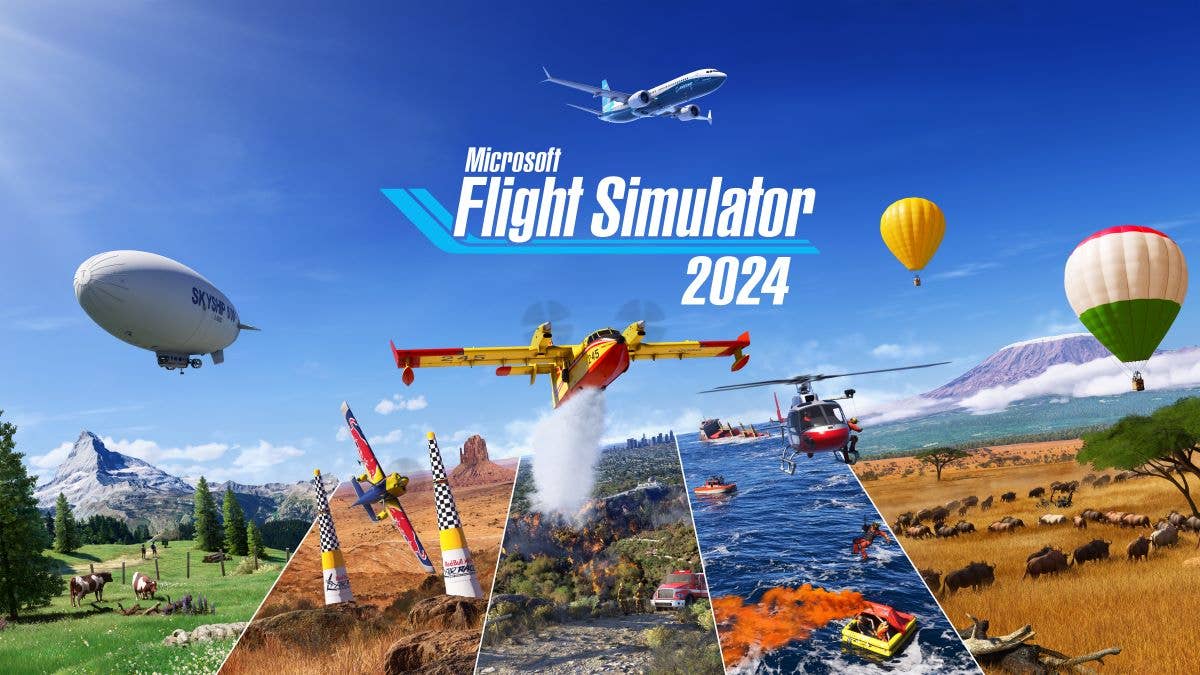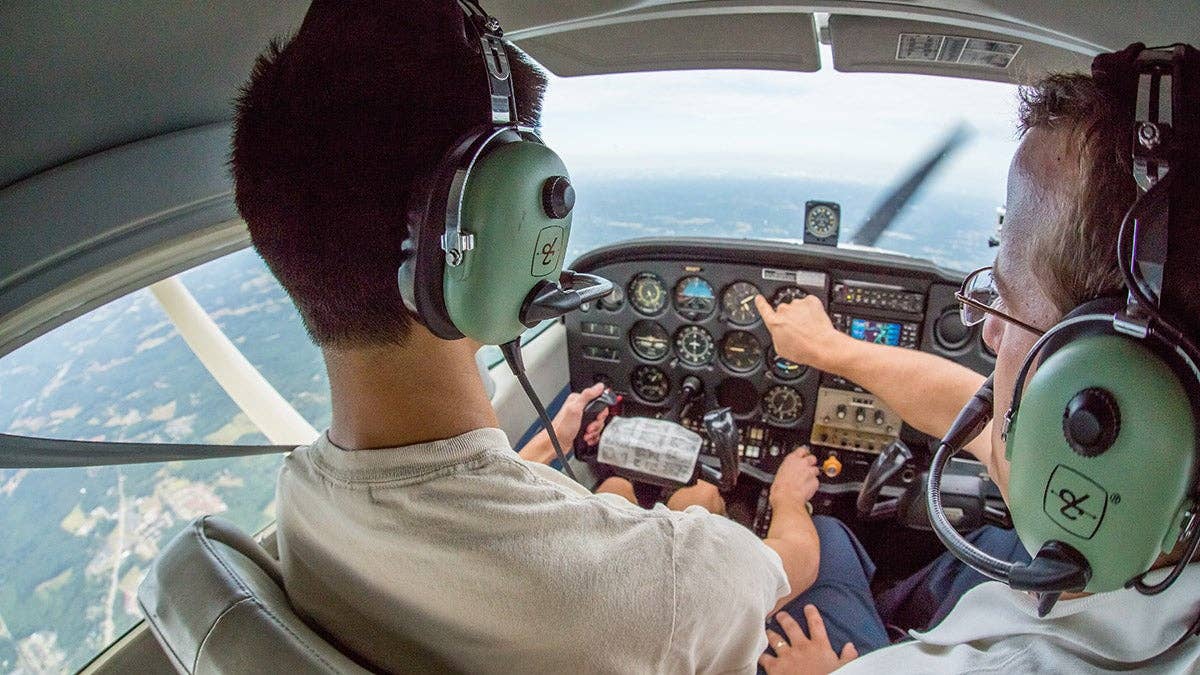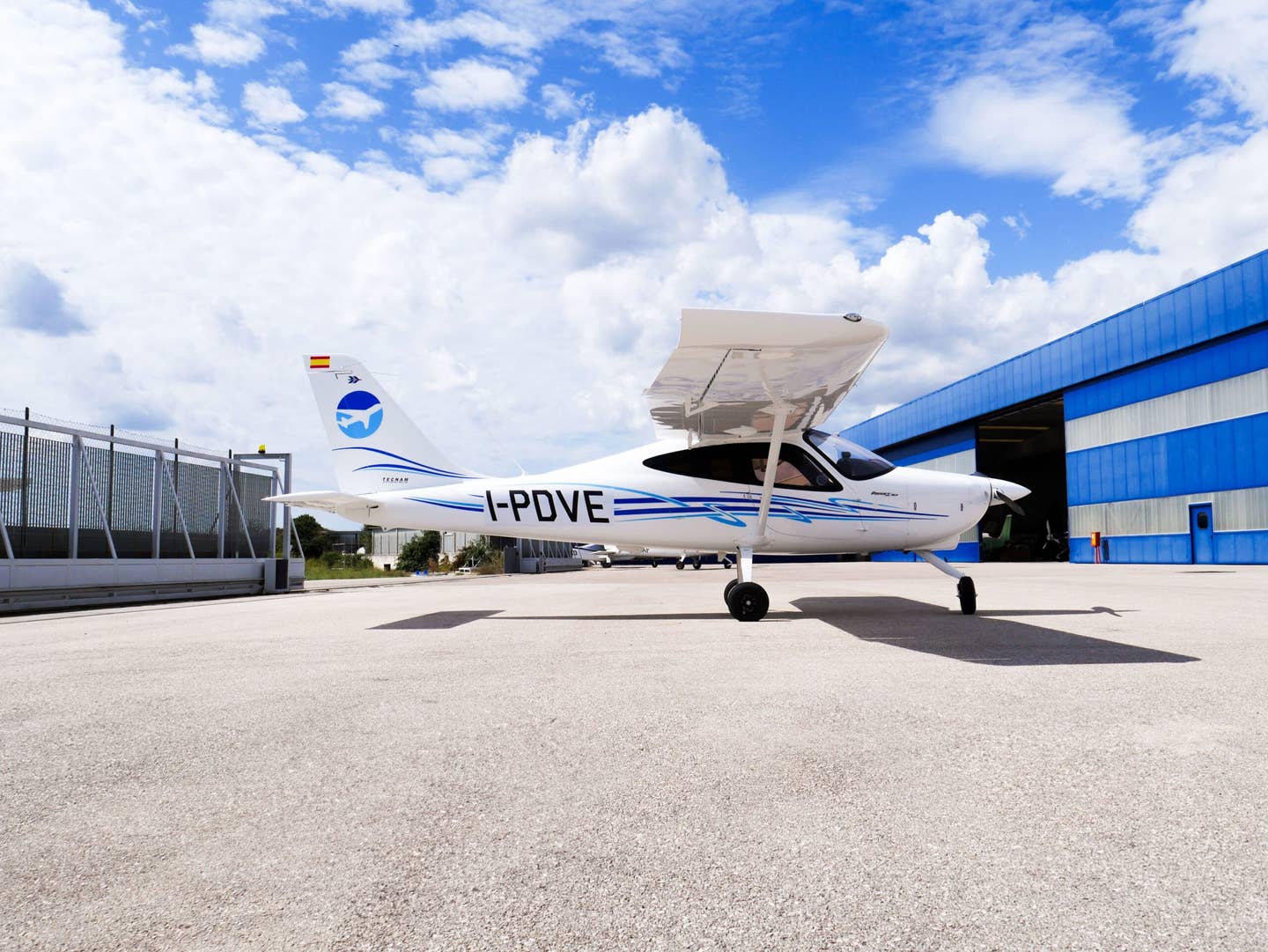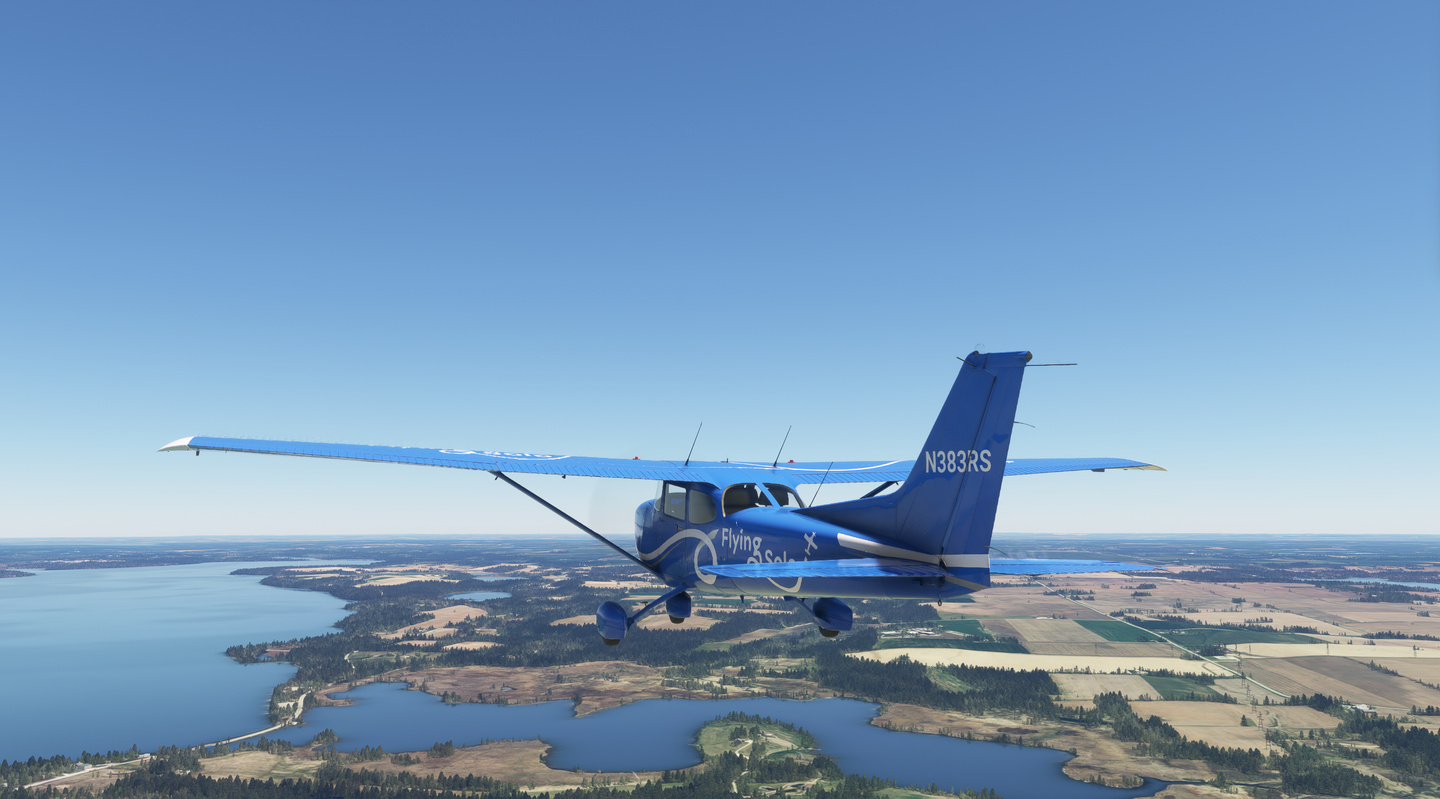
NIFA Safecon events are going on this month at Terre Haute International Airport. NIFA
The National Intercollegiate Flying Association (NIFA) kicked off the next round of its Safecon events in region 8 on Tuesday. The competition is being held at Terre Haute International Airport (KHUF) in Terre Haute, Indiana.
NIFA serves as a forum for competitive and non-competitive collegiate aviators. The goal is to help them expand their studies through events, networking, and competitions.
The finals competition for 2021 was held virtually in June, with the Embry-Riddle Golden Eagles-Prescott securing the win.
Event Types
The competition features 11 exercises:
Navigation: A cross-country flight over a three-to-five-leg course between 70 and 120 nautical miles. Each contestant submits a flight plan before takeoff, which includes estimated time en route for each leg, total elapsed time and fuel consumption.
Short-Field Landing: This tests the pilot’s skill at maneuvering and landing the airplane. After taking off and flying a normal traffic pattern, the objective is to land as close to, if not on, the target line.
| Regions and Schedule | |
|---|---|
| Region | Dates |
| Region 1 | October 18-21 |
| Region 3 | October 19-24 |
| Region 5 | October 25-29 |
| Region 8 | October 14-18 |
| Region 9 | October 1-6 |
| Region 10 | October 20-23 |
| The remaining regions' schedules will be announced at a later date. | |
Power-Off Landing: Similar to the Short-Field Event, except that the power must be reduced to and remain at idle on the downwind leg above the target line. The approach is made essentially by gliding for the remainder of the traffic pattern to touchdown, preferably on the target line.
Message Drop: The objective here is to hit a target on the ground with a message container dropped from an airplane at 200 feet above the ground.
Simulated Comprehensive Aircraft Navigation Event (SCAN): A written exam with problems that reference a simulated cross-country flight over a given route.
Ground Trainer: This tests the competency and skill of the contestant’s ability to fly under instrument flight rules (IFR) in a flight-training device.
Aircraft Recognition: Slides of aircraft are shown on a screen for three seconds. Competitors then have 15 seconds to identify the aircraft’s manufacturer, model number, and common name.
Computer Accuracy: Participants solve mathematical flight planning computations using a manually operated flight computer.
Preflight Inspection: An aircraft is “bugged” with at least 30 unairworthy discrepancies. Contestants are given 15 minutes to preflight the aircraft and find as many of the discrepancies as possible.
IFR Simulator: Competitors are required to demonstrate instrument flight rules (IFR) proficiency and precision by flying a given route in a simulator.
Certified Flight Instructor: The event starts with the CFI preparing a predetermined subject. If weather and time permits, the CFI then teaches the lesson in flight.

Subscribe to Our Newsletter
Get the latest FLYING stories delivered directly to your inbox

